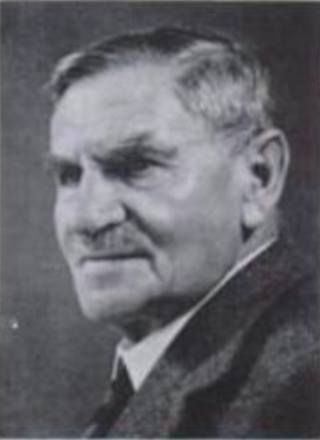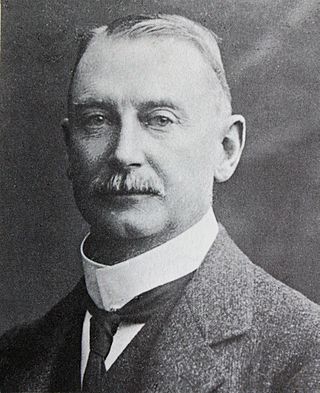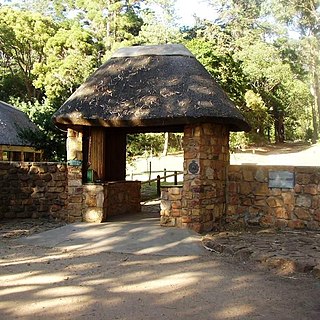
The Eastern Cape is one of the provinces of South Africa. Its capital is Bhisho, but its two largest cities are East London and Gqeberha.

Plettenberg Bay, nicknamed Plet or Plett, is the primary town of the Bitou Local Municipality in the Western Cape Province of South Africa. As of the census of 2001, there were 29,149 population. It was originally named Bahia Formosa by early Portuguese explorers and lies on South Africa's Garden Route 210 km from Port Elizabeth and about 600 km from Cape Town.
Nelson Mandela University and before that - the University of Port Elizabeth (UPE), the Port Elizabeth Technikon and Vista University's Port Elizabeth campus. This South African university has its main administration in the coastal city of Gqeberha. Nelson Mandela University was founded through a merger of three institutions in January 2005, but its history dates back to 1882, with the foundation of the Port Elizabeth Art School.

Knysna is a town with 76,150 inhabitants in the Western Cape province of South Africa. and is one of the destinations on the loosely defined Garden Route tourist route. It is situated 60 kilometres east of the city of George on the N2 highway, and 33 kilometres west of the Plettenberg Bay on the same road.

Gqeberha, previously named Port Elizabeth and colloquially referred to as P.E., is a major seaport and the most populous city in the Eastern Cape province of South Africa. It is the seat of the Nelson Mandela Bay Metropolitan Municipality, South Africa's second-smallest metropolitan municipality by area. It is the sixth-most populous city in South Africa and is the cultural, economic and financial centre of the Eastern Cape.

George is the second largest city in the Western Cape province of South Africa. The city is a popular holiday and conference centre, as well as the administrative and commercial hub and the seat of the Garden Route District Municipality. It is named after the British Monarch George III.

The University of Port Elizabeth (UPE) was a public university located in Port Elizabeth in the Eastern Cape province of South Africa. UPE was founded on 31 January 1964, by an act of parliament, and held its first academic year in 1965. It offered bachelor's degrees, as well as masters and doctoral degrees. The university closed down in 2004, with its campuses forming part of the Nelson Mandela University, which opened in 2005.
Education Facilitators, a privately held company in South Africa, was a holding and operating company in the education management industry that consisted of three trading divisions, one in professional services and two college brands that operated throughout southern and central Africa from its founding in 1994 to its closure in 2005.
Nelson Mandela Metropolitan University F.C. is as an association football club representing the Nelson Mandela Metropolitan University in Port Elizabeth, South Africa. The club was brought to its current form in 2005, through mergers of three football clubs. NMMU's previous institutions had football clubs at the University of Port Elizabeth, Port Elizabeth Technikon and Vista University's Port Elizabeth.

Johannes Elias Spurgeon Henkel aka John Spurgeon Henkel, was a South African botanist and forester. He was deeply involved in the conservation of forests in southern Africa and the introduction of exotic species such as Eucalyptus to Zululand.

Newlands Forest is a conservancy area on the eastern slopes of Table Mountain, beside the suburb of Newlands, Cape Town. It is owned and maintained by the Table Mountain National Parks Board, along with the City Parks Department of Cape Town, and includes a Fire Station, Nursery and Reservoir.
Christopher Harison was a British military officer and forestry official in South Africa. He served as Conservator of Forests and was an authority on forest practice in the region.

Southern Afrotemperate Forest is a kind of tall, shady, multilayered indigenous South African forest. This is the main forest-type in the south-western part of South Africa, naturally extending from the Cape Peninsula in the west, as far as Port Elizabeth in the east. In this range, it usually occurs in small forest pockets, surrounded by fynbos vegetation.

Joseph Storr Lister was a South African forester and Conservator of Forests. He was educated at the Diocesan College in Rondebosch, and in 1885 married Georgina Bain, daughter of Thomas Charles John Bain, the roadbuilder and engineer.

Comte Médéric de Vasselot de Régné was a French-born forest officer trained at the National School of Forestry in Nancy, France, and appointed as Superintendent of Woods and Forests in South Africa in 1880. Médéric and his elder brother Marin Gabriel were sons of Jean Gabriel Charles Auguste de Vasselot de Régné (1780–1842) and Eugénie Gabrielle Elisabeth Selima Vasselot de la Chesnaye (1807–1879).

Tokai Park, previously known as "Tokai Forest", is a small wing, about 600 ha, of the greater Table Mountain National Park in Cape Town, South Africa. Tokai Park is made up of two sections: upper and lower Tokai Park. Lower Tokai Park is flat, and characterized by the threatened Cape Flats Sand Fynbos. Upper Tokai Park is on the slopes of Constantiaberg Mountain, and consists of conservation area as well as the Tokai Arboretum. Upper Tokai Park is characterized by Peninsula Granite Fynbos, Peninsula Sandstone Fynbos and Afromontane Forest and noted for its diversity.

The Tokai Arboretum was the first large-scale silviculture experimental station in Cape Town, South Africa. The area of the main Arboretum, at Tokai Park, is 14 ha. Several adjacent compartments extend the area to 26 ha. The Arboretum was declared a National Monument in 1985, on its 100th anniversary. It contains stands of Eucalyptus and other trees from the original silviculture experiments in South Africa. In the 1990s a Gondwana Garden was created to display the plants typical of the Cape 100 million years ago.

Ben Dekker is a South African forester, surveyor, botanical expert, environmentalist, actor, politician, explorer, human rights activist, painter, sculptor, writer, poet and maverick.

Summerstrand is a seaside suburb of Port Elizabeth, South Africa. It is located 6 km (3.7 mi) south-east of the Port Elizabeth city centre. It is primarily a residential suburb along with shopping and business facilities. It is also home to three Nelson Mandela University campuses.


















